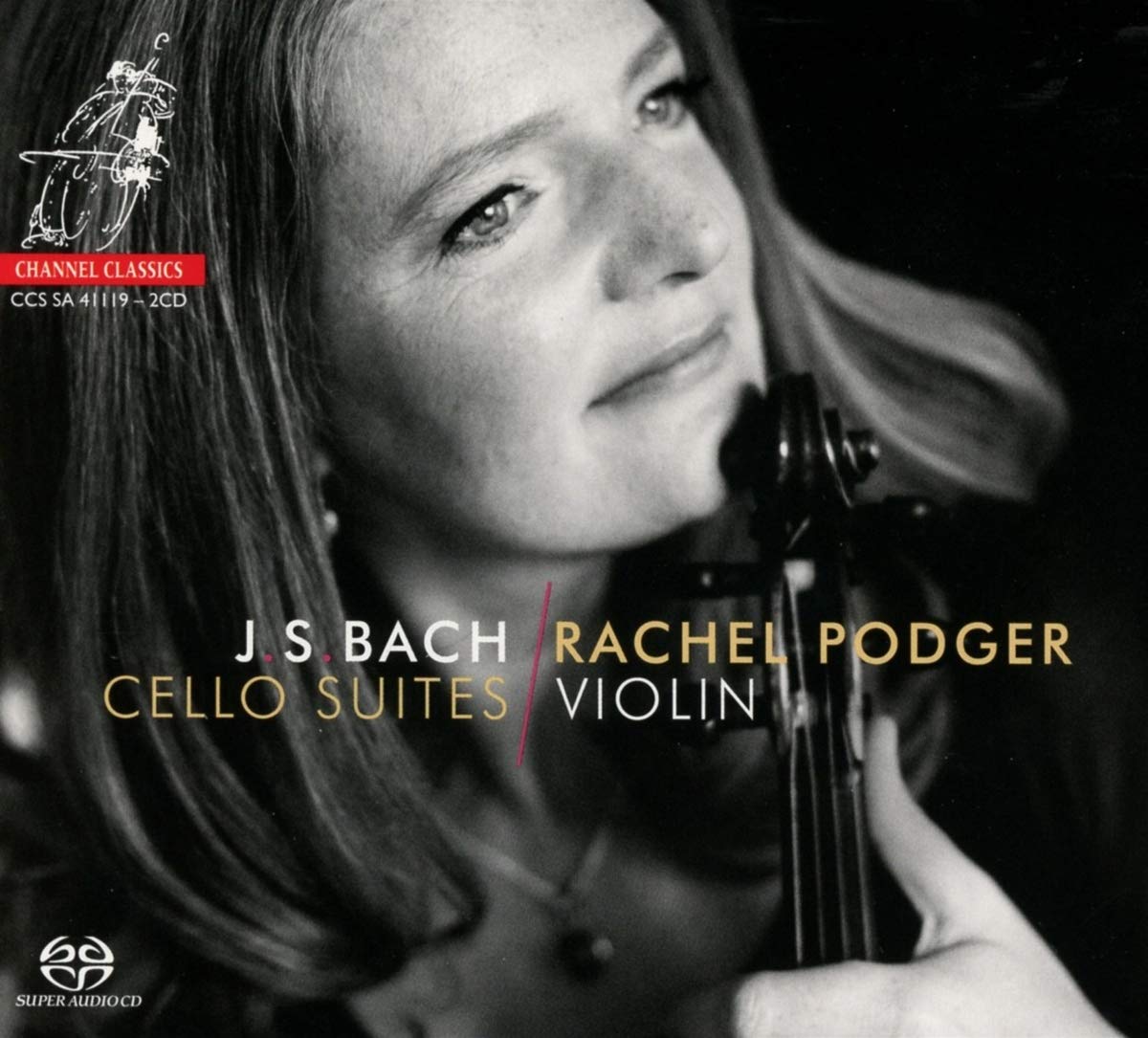Rachel Podger violin
127:38 (2 CDs in a card triptych)
Channel Classics CCS SA 41119
The able and delightful Rachel Podger has recorded the six Cello Suites with a dancing fluency and an ease of manner which meant that never for a moment did I question her appropriation of this set of dance suites for the violin.
She describes how she grew up with them as part of her aural landscape, and had never entirely appreciated those classic performances we used to hear until she heard a performance on a Baroque ‘cello with its lighter bow. And began to appreciate that they were sets of dances. Later, when coaching cello players, she often found herself playing along with them. And then one day she decided to borrow them and play them properly, and has never regretted it. Nor do I: they sound fresh and light as the higher pitch and smaller instrument aids her characteristic fluency. She had wondered, she says, about the Sarabandes – would they have enough weight? I found them perfectly acceptable in this medium, and think that these performances are bewitching. Bach was an inveterate borrower and arranger of his own works, and – like Rachel – I can’t see anything wrong when (except for the Sixth Suite) they fit so perfectly.
She plays them, as you would expect from the tuning of a violin with G as the bottom note, up an octave and a fifth, which works perfectly for the first five. But what to do about the Sixth, written for a 5 string ‘cello? After various experiments with five-stringed viola and violin, she settled for playing it up an octave on her own violin, and getting her recording engineers to piece in the lower passages played on her viola. I cannot tell any break in the seamless result.
You may not approve, but I think they are splendid, and have listened to them a lot.
David Stancliffe
